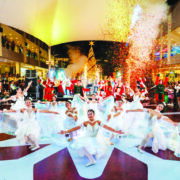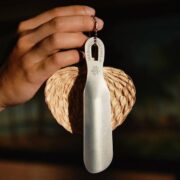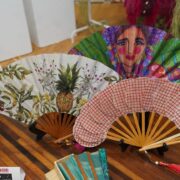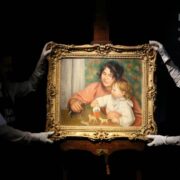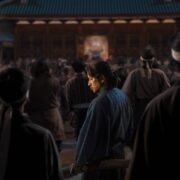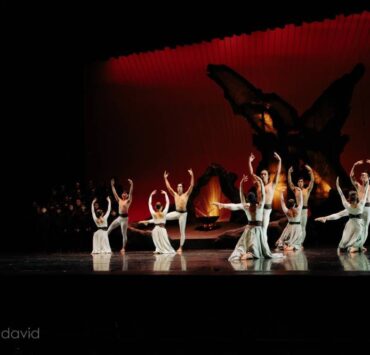Ramon Orlina’s stories in glass

Widely known as the country’s premier glass sculptor, Ramon Orlina has been in the Philippine art scene for decades.
Laboriously working on his masterpieces since the 1970s, he carved his way up to the halls alongside notable Filipino artists who substantially contributed to the development of Philippine art.
His medium requires a certain level of technicality which he has mastered, creating works that are tangible products of his imagination.
A fitting acknowledgment of his talent and works is the thick book, “Ramon Orlina: Visions in Glass,” authored by art critic Cid Reyes and published by the Museo Orlina Foundation Inc.
Much has already been written about the man, but this book sums up everything that he has done for the Filipino art community and Philippine art in general.
Seamlessly written and beautifully illustrated, the book is not just a testament to his artistry but a narrative of his achievements and a showcase of his works marked by solidity in many ways, and smoothness in execution.
Composed of 57 chapters and 572 pages, the book narrates his journey from his birth in Manila to parents from Taal, Batangas, to being an architecture student at the University of Santo Tomas and what he has achieved now as a visual artist.

After passing the architecture board exam, Orlina worked for the firm of architect Carlos Arguelles in Makati and later on, set up his own architectural firm with Fedore Yap, building houses in subdivisions such as Merville Park in Parañaque, Dasmariñas Village in Makati, and Greenhills in San Juan.
Their success was cut short by the declaration of martial law in 1972, an event which Orlina used as an opportunity to go out of his comfort zone and delve into the world of art, pioneering in glass as medium.
However, it was not glass sculpture that he first ventured into, but paint on flat glass, and he was able to exhibit his works.
Sculpture came later when he struck a deal with Republic Glass in Pasig to buy glass waste or glass cullets. It was a process of self-discovery, of being self-taught in terms of the rudiments of sculpting big pieces of residual glass into subjects such as the human form and abstract objects.
These pieces are distinctively Orlinian, works that can be easily associated with him, his artistic vision, and his well-established brand of art.
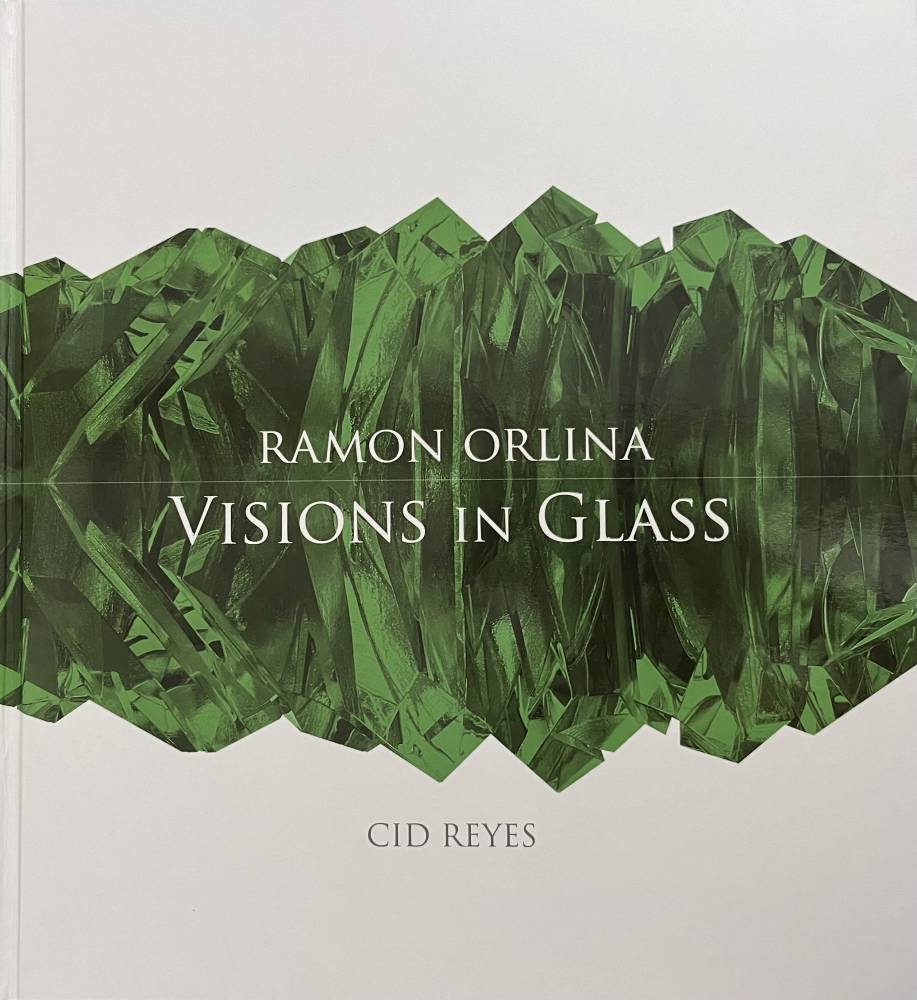
Multifaceted
With countless exhibitions, many of his works are now displayed at the Museo Orlina in Tagaytay City, overlooking the Taal Lake and Volcano complex in Batangas.
Some of his works are now part of public and private collections, churches, and government institutions.
These include among others, the tabernacle altar and Mudras cross at the Greenbelt Chapel in Makati, Oneness Monument at the Cultural Center of the Philippines grounds, The Risen Christ at Edsa Shrine in Quezon City, and the collection of the royal families of Brunei and Qatar.
His other famed works are the “Arcanum XIX: Paradise” at the National Museum of Natural History in Manila and the “Quattro Mundial” monument at the University of Santo Tomas, done in time for the university’s quadricentenary in 2011.
Many of Orlina’s works reflect the heritage of his hometown Taal and his family life with his Malaysian wife Lay Ann (nee Lee) and children Naesa (Asean spelled backward), Monina, Anna, and Michael, with the last two inheriting his talent in glass art.
He has explored his medium well, creating pieces that include but are not limited to nudes, the female form, lovers, mothers and their children, and his Pintados (precolonial tattoo) series in the 1990s.
At times, he collaborated with fellow artists such as National Artists Napoleon Abueva and Arturo Luz, contemporary great Romulo Olazo and companies such as Swarovski.
His works are not exclusive to glass sculpture but also include glass jewelry, glass chandeliers, bronze sculpture, trophies, and photography.
For the latter, he won gold in the 1983 Open Photo Competition of the Art Association of the Philippines, one of his many accolades.
Heritage advocate
Apart from being an artist, Orlina is also a heritage warrior, advocating for the preservation of the built environment of Taal.
In 2004, he fought against the construction of an adoration chapel on the Taal Basilica’s grounds, and in 2013, he again opposed the construction of a Jubilee Hall and arcade beside the same church.
Both projects would affect the authenticity and integrity of the church, touted to be the largest of its kind in Asia.
Aside from heritage, Orlina also supports programs and causes on environmental protection as well as the intellectual property rights of artists.
All of these are documented in the book, a nicely curated publication on Orlina’s life and works.
Still active at 80 and with the help of his team, Orlina continues to create today, proving that the once utilitarian glass is also an excellent material for high art.
As National Museum director-general Jeremy Barns said, Orlina has indeed “made his mark in Philippine history by redefining the boundaries of glass making, elevating it from craft to fine art.”
Orlina’s contributions, according to Barns, “continue to inspire awe and reverence, fostering a deeper appreciation for the beauty and complexity of glass.”
Designed by Dopy Doplon, for its size and contents, this new publication is undoubtedly a monumental book for a monumental artist.

